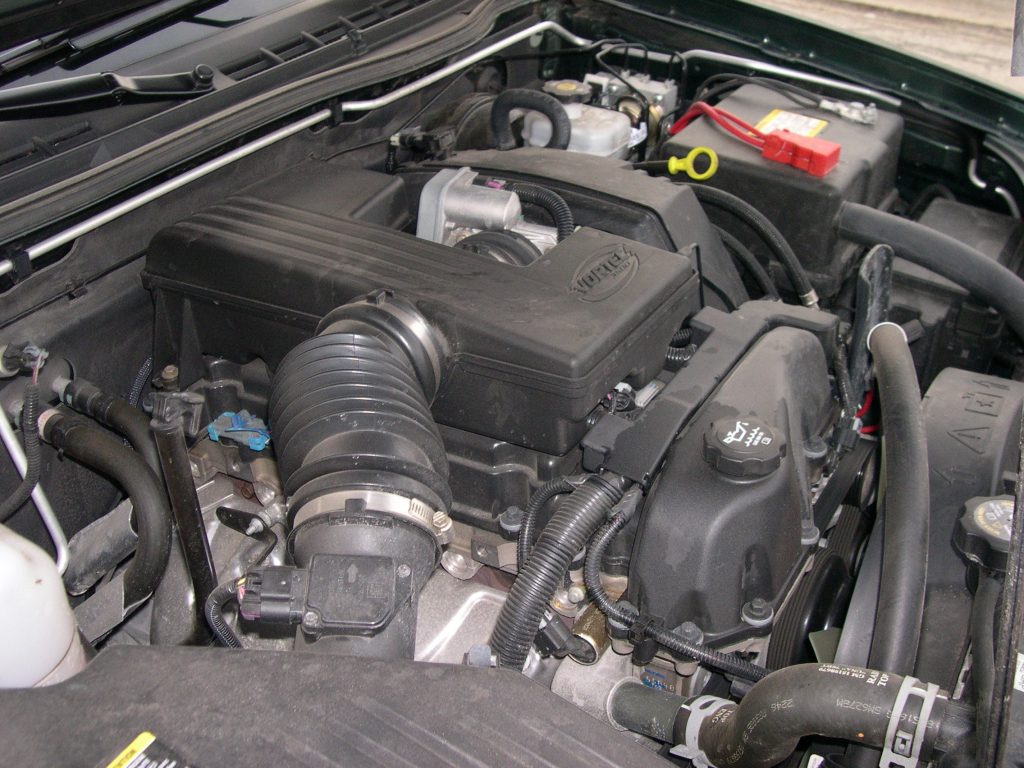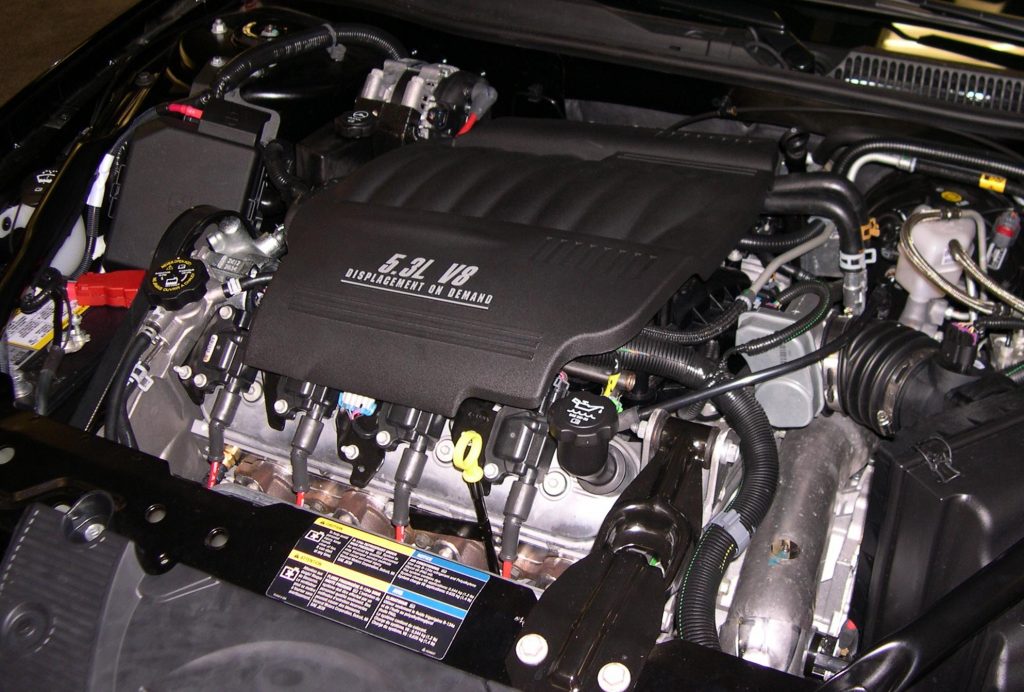Hydraulic Tappet: Malfunctions, Repair, and Maintenance
Contents
– Hydraulic tappet: definition
– Hydraulic tappet: malfunctions and remedies
– Hydraulic tappet: repair and maintenance
The hydraulic tappet is a mechanical part that links the camshaft and the valves—the cam presses on the tappet, which itself presses on the valve. Let’s take a closer look at how this engine component works.
Hydraulic tappet: definition
How the engine works
Briefly, the 4-stroke engine that equips our cars works as follows:
1. For each cylinder, the piston, in its alternating rectilinear translation movement, sucks in the air/petrol mixture, in turn compresses these gases to cause combustion and discharges them once burned towards the exhaust.
2. To do this, it is helped by the intake valves, which open to let the fresh gases in, then close to compressing them, the exhaust valves closing to promote engine compression and opening when the burnt gases are discharged.
3. The opening and closing movement of the valves is caused by the camshaft, which controls their movement using tappets, in the form of cylindrical bowls, covering the tails of these and sliding in bores made in the cylinder head.
Description of the hydraulic tappet

There is a gap between the camshaft and the tappets; this is the operating clearance required to compensate for the expansion of the valve stems when hot. On conventional tappets, this operational clearance is adjusted with removable adjustment pads of different thicknesses; they are clipped onto the top of the tappet or inserted between the valve stem and the bottom of the tappet. This assembly requires periodic inspection and adjustment of the valve lash.
The hydraulic tappet, on the other hand, operates without clearance as follows:
- It consists of two chambers supplied by oil pressure through a pipe in the cylinder head and a hole in the tappet.
- In contact with the camshaft, the upper chamber slides into the lower chamber, in contact with the valve stem.
- They communicate with each other through a channel containing a valve.
Operation of the hydraulic tappet
At rest (the cam does not press on the tappet, and the valve is closed), the two chambers are subjected to oil pressure through the open flap. The clearance is zero.
During action (the cam presses on the tappet and the valve opens), the support of the cam on the upper chamber closes the valve, preventing the sliding of the upper chamber in the lower chamber (oil is a liquid, therefore incompressible). The assembly presses on the valve and opens it.
Hydraulic tappet: malfunctions and remedies
Hydraulic tappets are robust and very reliable parts; the only failures attributable to them are engine slamming.
There are two types of malfunctions:
– Slamming occurs when starting from cold and disappears when hot: this is a temporary de-oiling of a tappet. You may solve the problem by adding a specific additive to the oil (replace the tappet if the noise persists).
– The clacking is continuous, both hot and cold. The valve is probably defective, and you must replace the tappet(s).
Hydraulic tappet: repair and maintenance
Here are some price indications to repair a defective tappet(s):
|
Type of slamming |
Parts rate |
Labor cost |
|---|---|---|
|
Cold slamming (treatment with special hydraulic tappet additive) |
$25 |
Possibility to do it yourself |
|
Persistent slamming (replacement of hydraulic tappets) |
From $20 to $50 per tappet |
Obligation to remove and install the camshaft and the distribution, more or less accessible depending on the motorization: from $160 to $400. |
As the maintenance of the hydraulic lifters of an engine is null, here are some practical advice to preserve them:
– use a quality engine oil approved by the manufacturer;
– proceed to regular oil changes and do not hesitate to reduce the important periodicity recommended by the manufacturers on the last generation vehicles.
For example, an oil change interval of 40,000 km can (or should) be reduced to 30,000 or even 20,000 km.
How did you find this post? Remember to share your views in the comment section below.


1 comment
Exceptional. The clarity. The format. The table. Everything. Thank you! 11/10 score